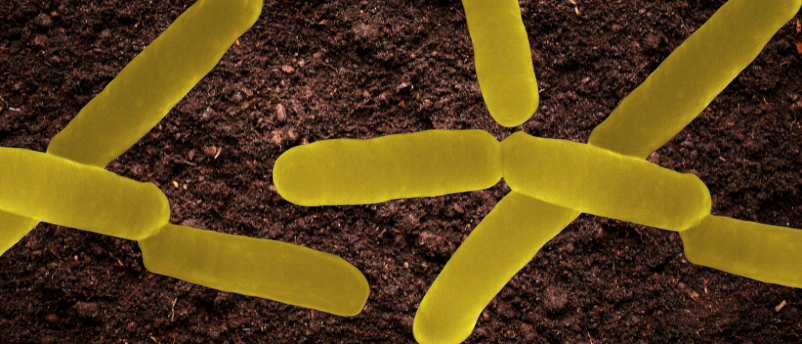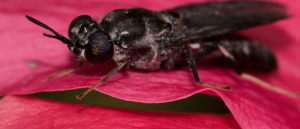
BioTechniques News
Aisha Al-Janabi

Soil prokaryotes involved in key ecological processes tend to need specific conditions for survival, which could make them more sensitive to environmental disturbance.
Research by Michelle Afkhami’s group at the University of Miami College of Arts and Sciences (FL, USA) provides valuable insight into the relative frequency of habitat specialization versus generalization amongst prokaryotes. Understanding the ecological strategies of microorganisms within these communities and their adaptability to human-driven environmental changes is key to designing holistic approaches to conservation.
Climate change, habitat fragmentation and environmental degradation represent some of the gravest threats to ecosystems around the globe. The ecological structure of communities extends beyond that seen in the macroscopic world. Microbiomes are vital to processes including nutrient recycling and carbon and nitrogen fixation, which sustain every ecological system on Earth.
Taxa can broadly be divided into generalists, organisms that can survive a range of conditions, or specialists, organisms that need specific conditions. Previous studies have focused on a single environmental axis, looking at factors such as soil temperature and moisture, pH, leaf litter depth or the relative percentages of carbon and nitrogen. However, the authors of this study argue that focusing on a single environmental factor overlooks the complexity of real-world habitats, which will vary along several different environmental axes.
In this study, the researchers classified the range of conditions that an organism can survive in using next-generation DNA sequencing data of more than 1200 prokaryotes identified in 236 soil microbiomes sampled from 30 sites. The data was sourced from the National Ecological Observatory Network, a repository curated by the National Science Foundation that contains biological, climatic and environmental data from sites across the continental United States.
 Causing a buzz with insect-derived bioplastics
Causing a buzz with insect-derived bioplastics
Researchers are using a polymer extracted from black soldier fly carcasses called chitin to produce biodegradable bioplastics and hydrogels.
“We found that microbes can be very restricted on where they can exist,” explained first author Damien Hernandez, a former postgraduate student in the group. “The generalist microbes are very flexible and can withstand a broader range of conditions. But the specialist microbes are sensitive to many different environmental conditions because they are restricted on multiple environmental axes and thus any changes in the environment may hinder their survival.”
Of the soil microbes sampled, around 90% showed consistent specialization or generalization across all environmental axes. Species were inclined to follow one ecological strategy, with an evolutionary transition between specialists and generalists occurring around 90% less frequently than would be expected due to chance. The authors suggest that such a transition would require multiple genomic changes, which increases the risk of upsetting complex gene interaction networks, leading to failure or loss of fitness.
Generalists dominated microbial communities by number, being 73 times more abundant than specialists. However, specialist species showed a greater degree of connectivity, interacting with more than twice the number of species on average than generalists.
Specialized species were also overrepresented within bacterial taxa that fulfill roles in key ecological processes including nitrogen and nutrient cycles, as well as detoxification and plant symbiosis.
This has important implications for the health of microbial ecosystems and conservation efforts because, “microbes that are generalists can live across a wide range of habitats, and this can mean that those microbes may be resilient to climate change or habitat fragmentation,” explained Afkhami.
“The specialist microbes are sensitive to many different environmental conditions because they are restricted on multiple environmental axes,” added Hernandez. “Hypothetically, if an ecosystem is structured by microbes that are specialists, then those ecosystems are more likely to be sensitive to environmental change.”
The post How are microbes affected by human-induced environmental change? appeared first on BioTechniques.
Powered by WPeMatico
